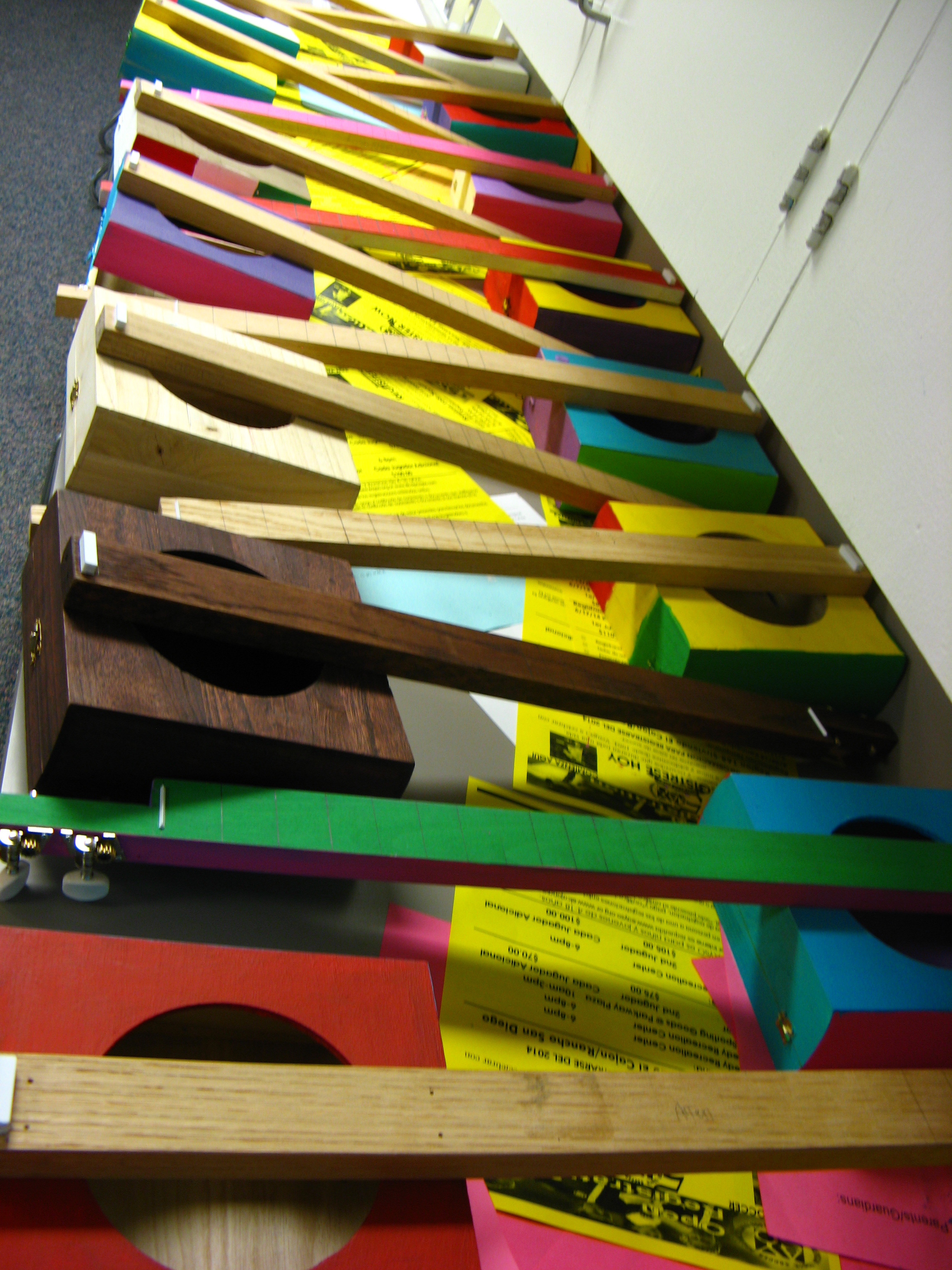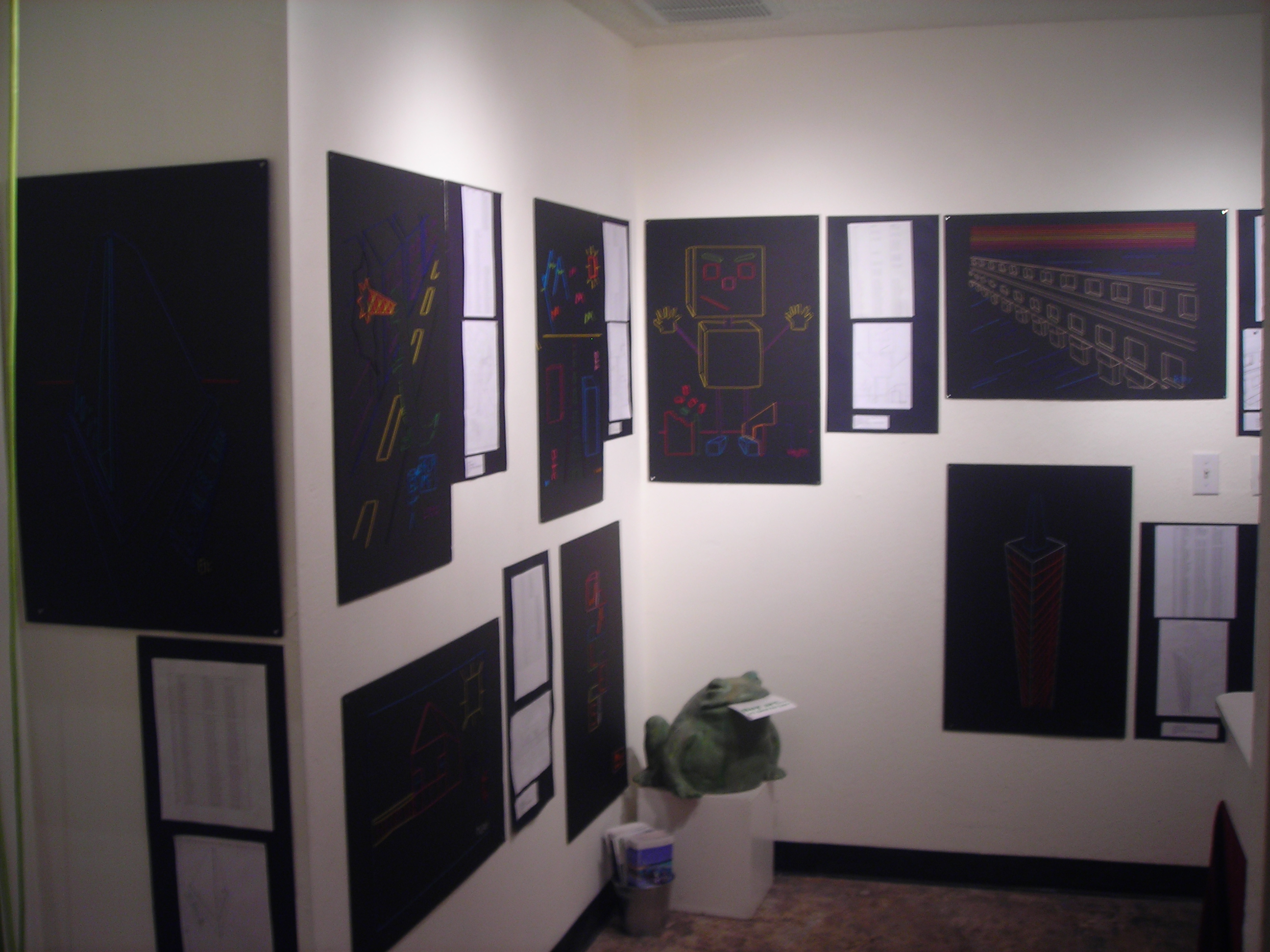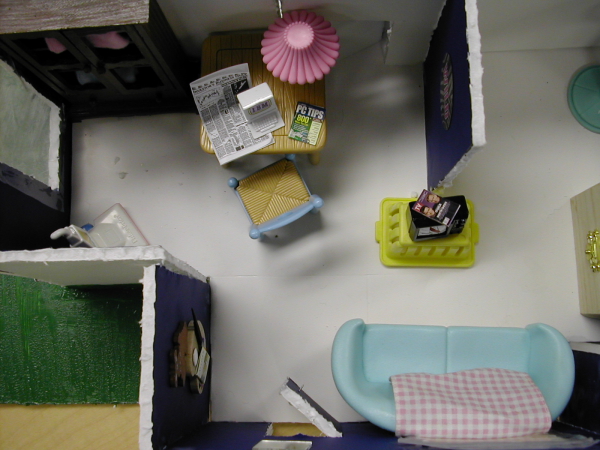Donate!
Please help us on our journey to raise $100 million!

Over the years, I had the chance to catch up with former students who have now graduated from college. When they shared their memories about school with me, they always brought up the fun projects or hands-on learning they did in class, whether it was from my class or from another teacher’s. Some have even kept their projects years later!

Meaningful assignments require time, effort, creativity, and a lot of trial and error from both teachers and students. However, the pride everyone has when it is all done is something that cannot be seen with any other assignment.

One of the central themes of Academy of the Renaissance is “creating the present.”
According to Bloom’s Taxonomy, “creating” is the highest order of learning. Students who can operate at this level are able to apply their knowledge to form new ideas or products.
It is important to note that creation is not where teachers and students should start in the process of learning. Bloom’s level of learning starts with “remembering.” Students must first be able to remember what they have learned as they acquire the building blocks of knowledge. Then, they must “understand” what they have learned by determining the meaning of those building blocks. If students understood what they have just learned, they can then “apply” their knowledge to new situations or problems.
As students move up to the next levels of learning they are now asked to “analyze” what they have just learned. They must be able to decompose the content of what they have learned into its parts, realizing the relationships or connections each part plays in the overall meaning. At the next level, “evaluation” will require students to critically assess a situation. Here, students must make judgements based on a set of criteria and standards.
Lastly, students will learn by “creating.” It is the ultimate assessment of knowledge, for it requires students to develop something original, using the knowledge they have gained from previous levels.
Students are excited when they create a product. Teachers are excited when they see completed student projects. Parents and community members are excited when they see the culmination of projects at school functions.

At every level within our academy, creation will be one of the most important levels in Bloom’s Taxonomy in which we will need to operate.
It has already started with the founding members creating a vision for a school. It will then require a group of passionate teachers who will have the task of creating a curriculum that will be challenging, meaningful, and innovative. Everyone will have to work together to create an environment that is safe, inviting, and encourages learning. Partnerships will be created with the community to help strengthen and inform our progress.
Academy of the Renaissance is the ultimate creation for the group of dedicated professionals who have been (and will be) involved. Our final outcome will be students and educators who are ever more eager to learn, create, and add value to this world.

